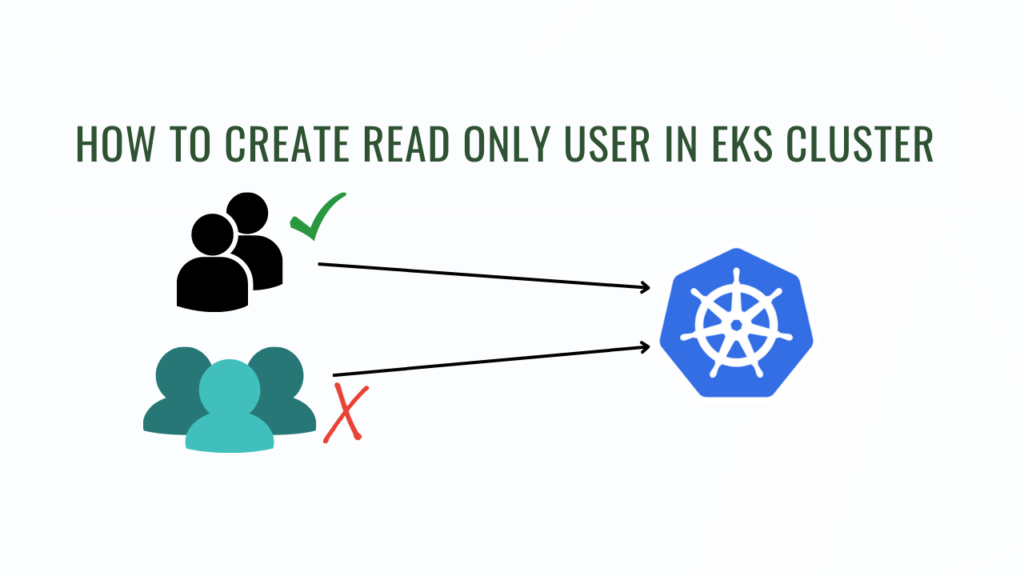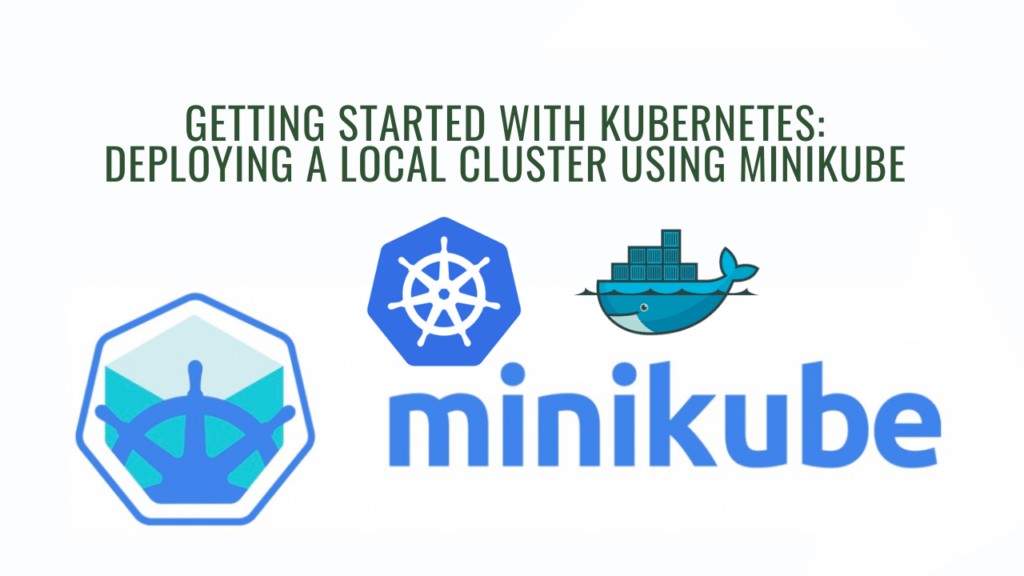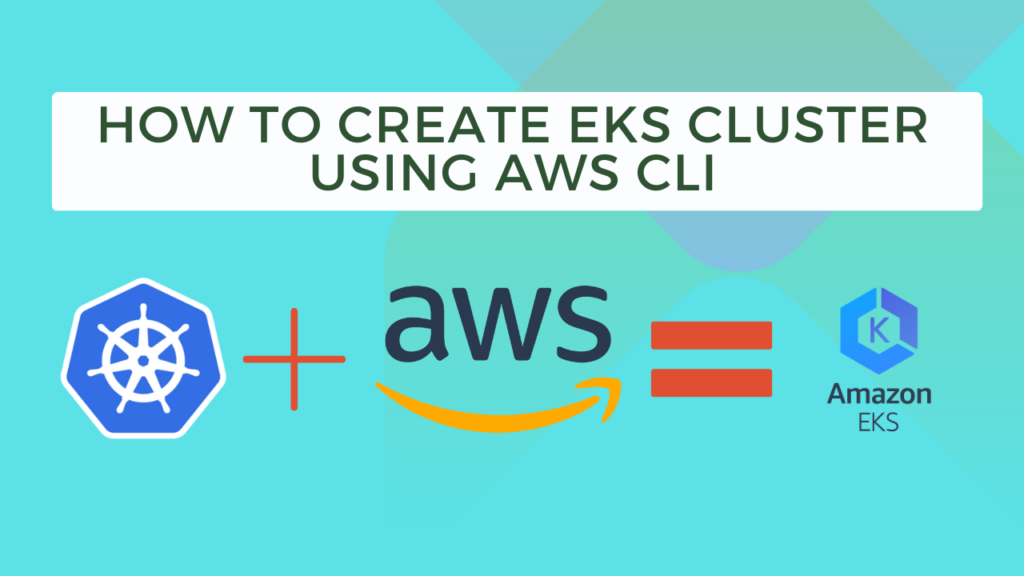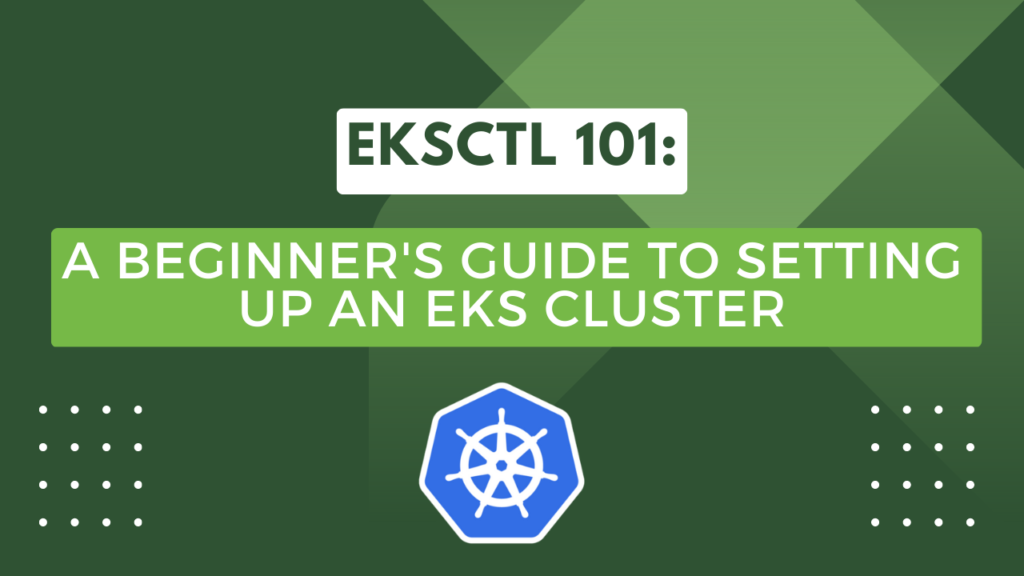How to create Read Only User in EKS Cluster

Amazon Elastic Kubernetes Service (EKS) is a popular solution for deploying and managing Kubernetes clusters in the cloud. One of the essential aspects of managing any system is controlling access to resources, including Kubernetes clusters. Amazon EKS supports AWS Identity and Access Management (IAM) roles, which enables you to manage access to your Kubernetes clusters. In this post, we’ll explore how to create a read-only user in Amazon EKS.
Getting Started with Kubernetes: Deploying a k8s Cluster using Minikube

Have you heard about Kubernetes and how it can help with container orchestration? It’s an amazing platform, but setting up a Kubernetes cluster can be a daunting task, especially if you’re new to it. Luckily, there are tools available that make it much easier to deploy a local Kubernetes cluster, and Minikube is one of the most popular. In this article, I’ll guide you through the steps to deploy a local Kubernetes cluster using Minikube.
How to Create EKS Cluster Using AWS CLI

Creating an Amazon Elastic Container Service for Kubernetes (EKS) cluster using the AWS Command Line Interface (AWS CLI) offers a hands-on and customizable approach to managing your cluster. This article will guide you through the process of installing and configuring the AWS CLI and then walk you through the steps to create an EKS cluster using the AWS CLI and setting up kubectl client tool.
Eksctl 101: A Beginner’s Guide to Setting up an EKS Cluster

Creating an EKS (Elastic Kubernetes Service) cluster using eksctl is a relatively simple process that can be broken down into a few key steps. In this blog post, we will walk through the process of creating an EKS cluster using eksctl, step-by-step.